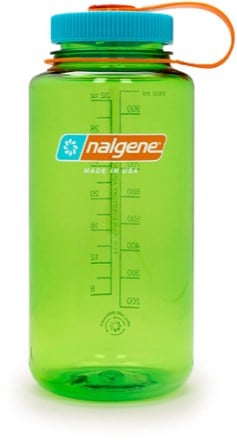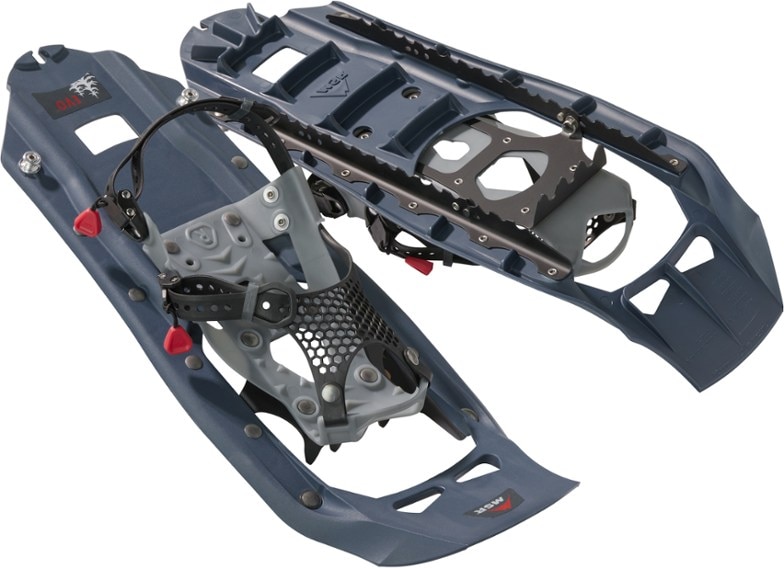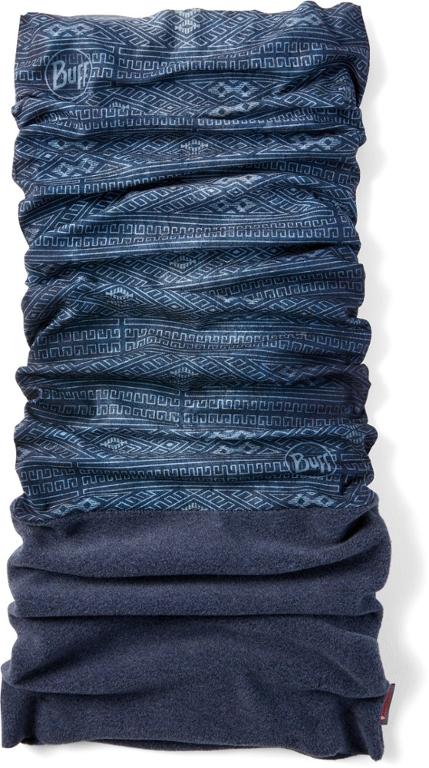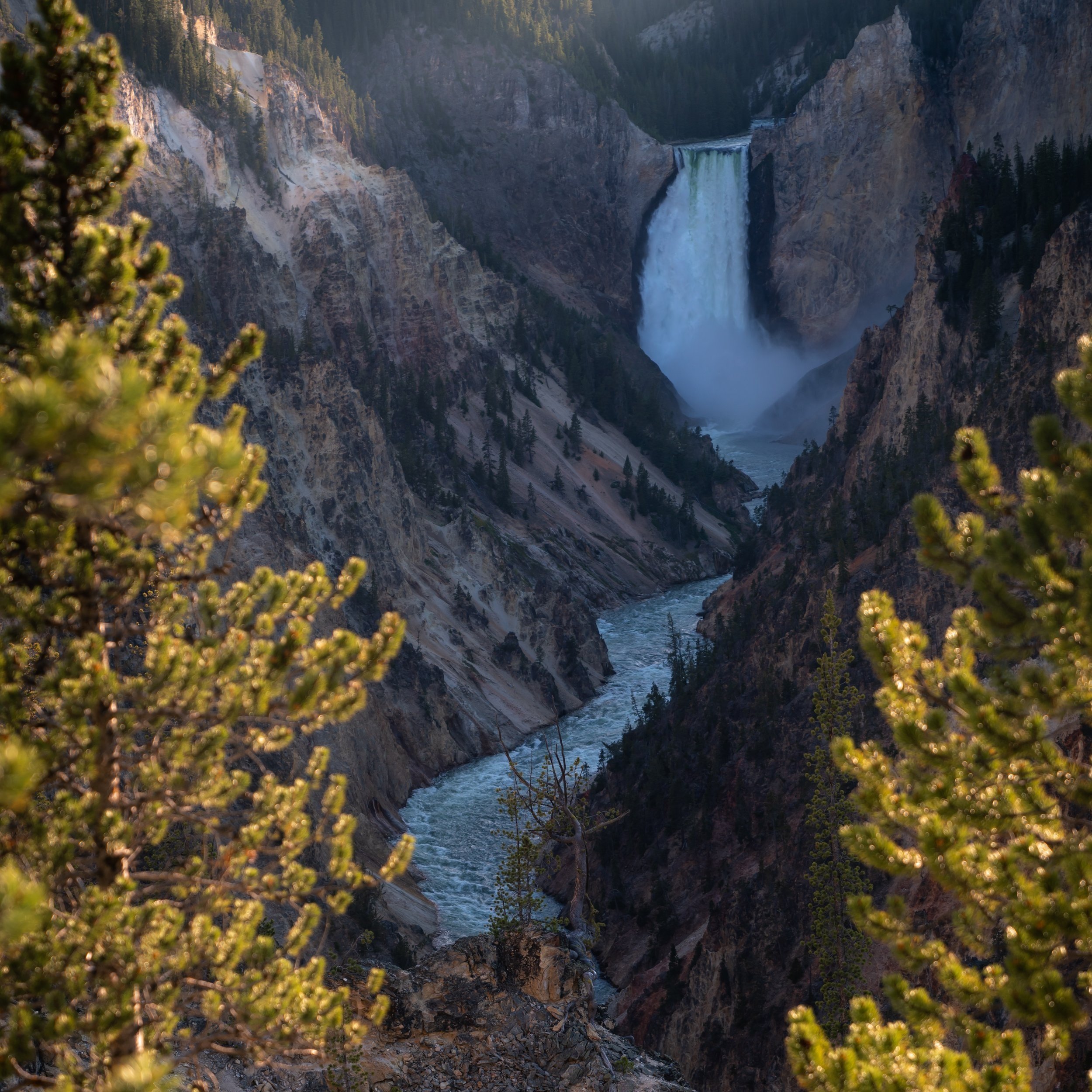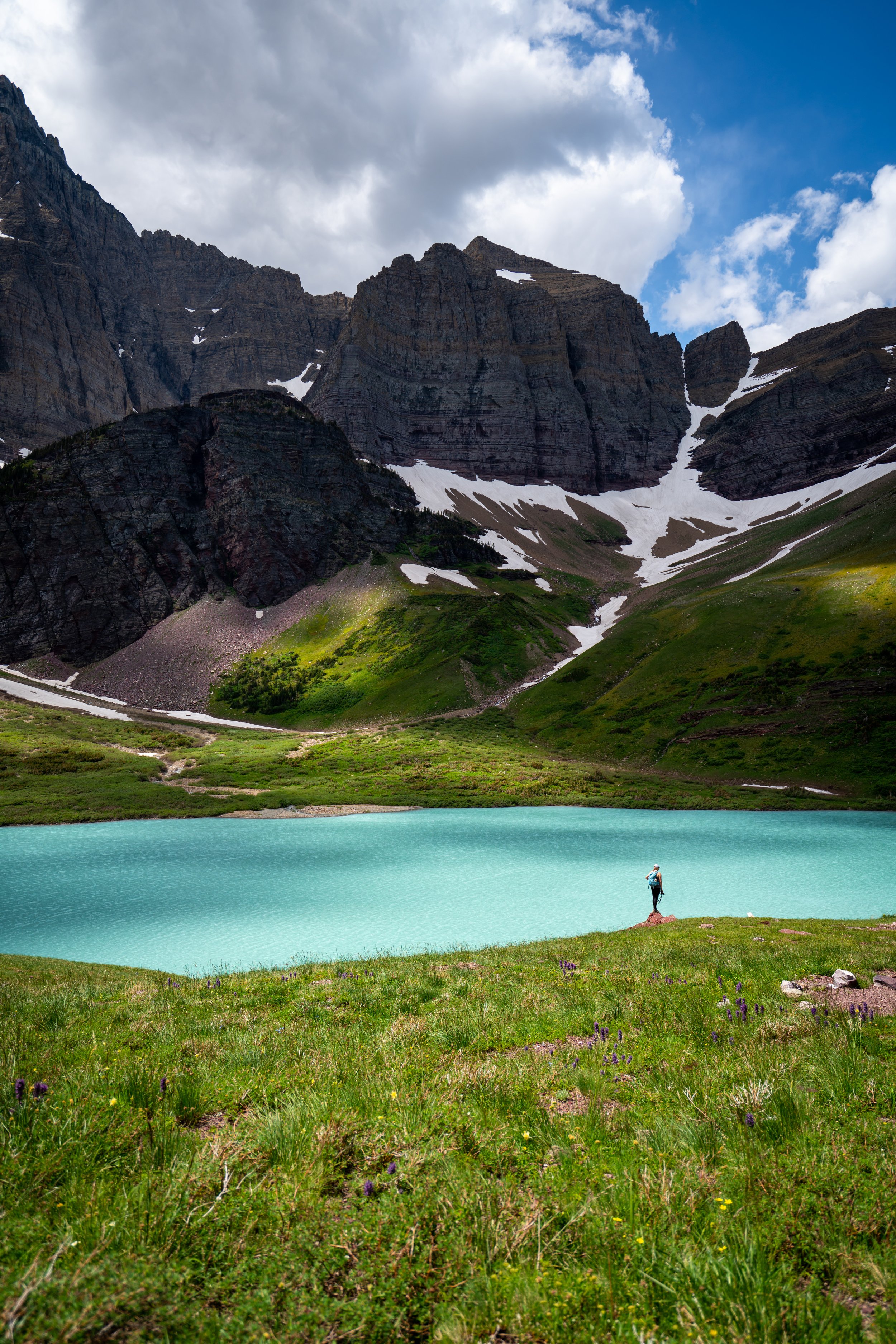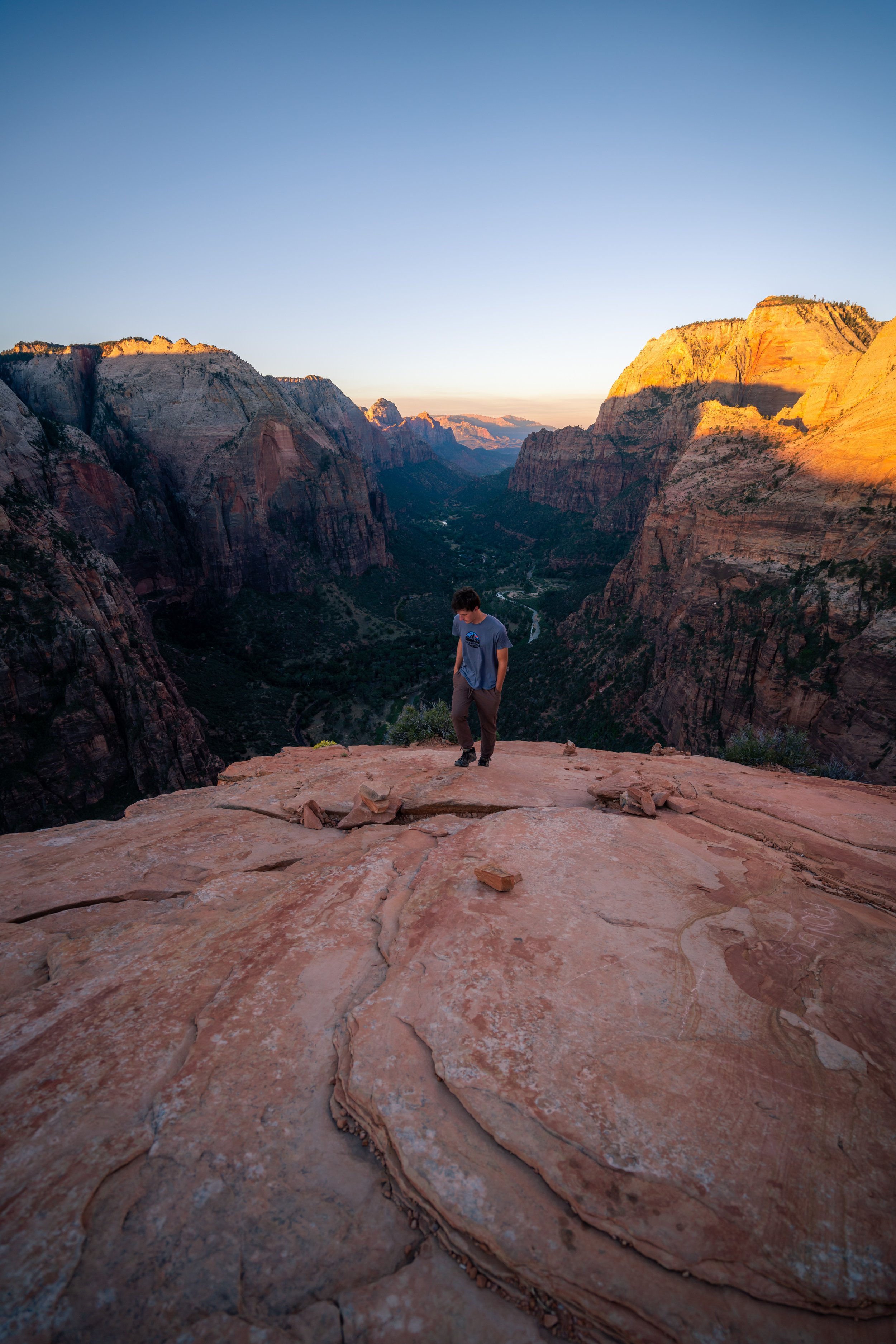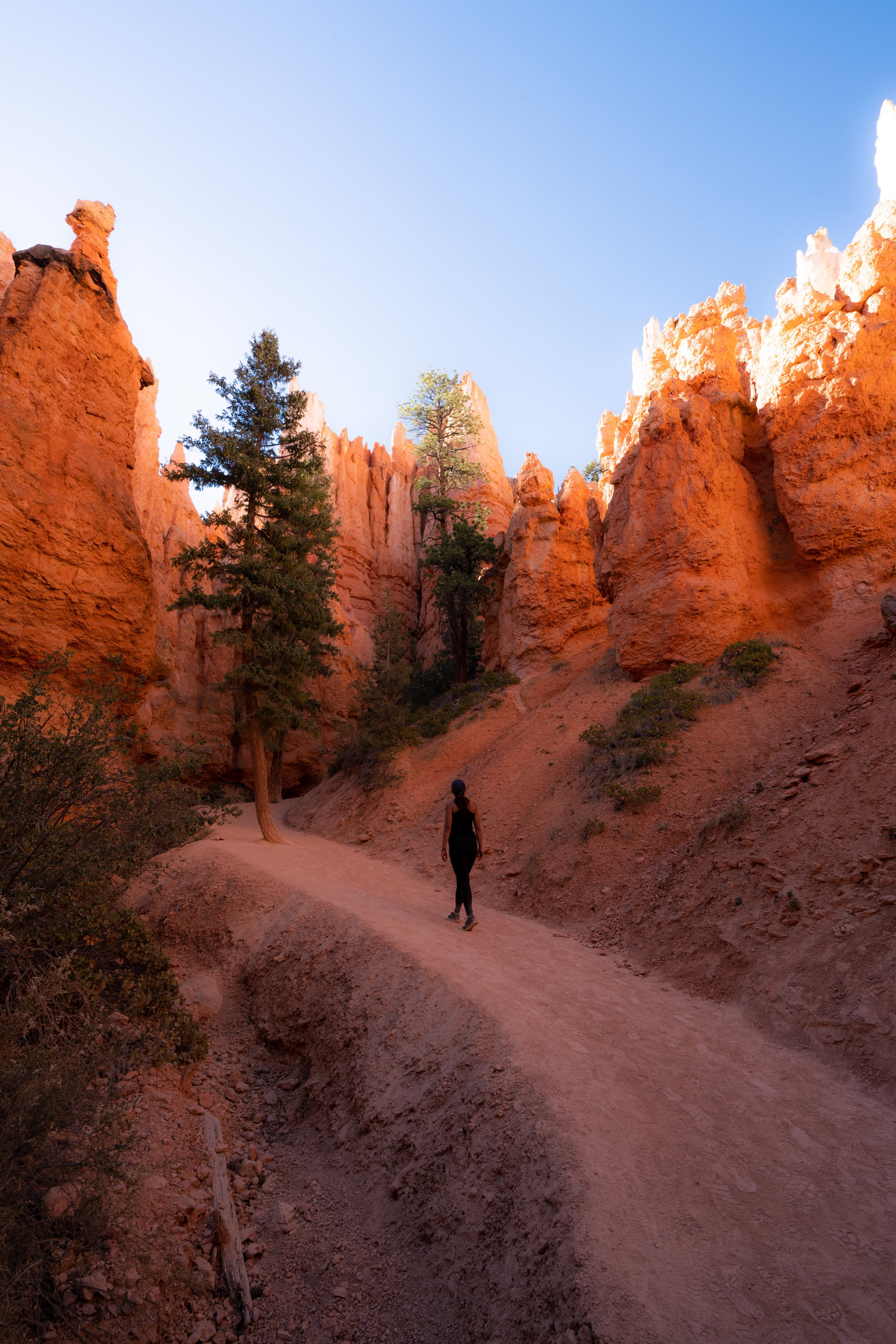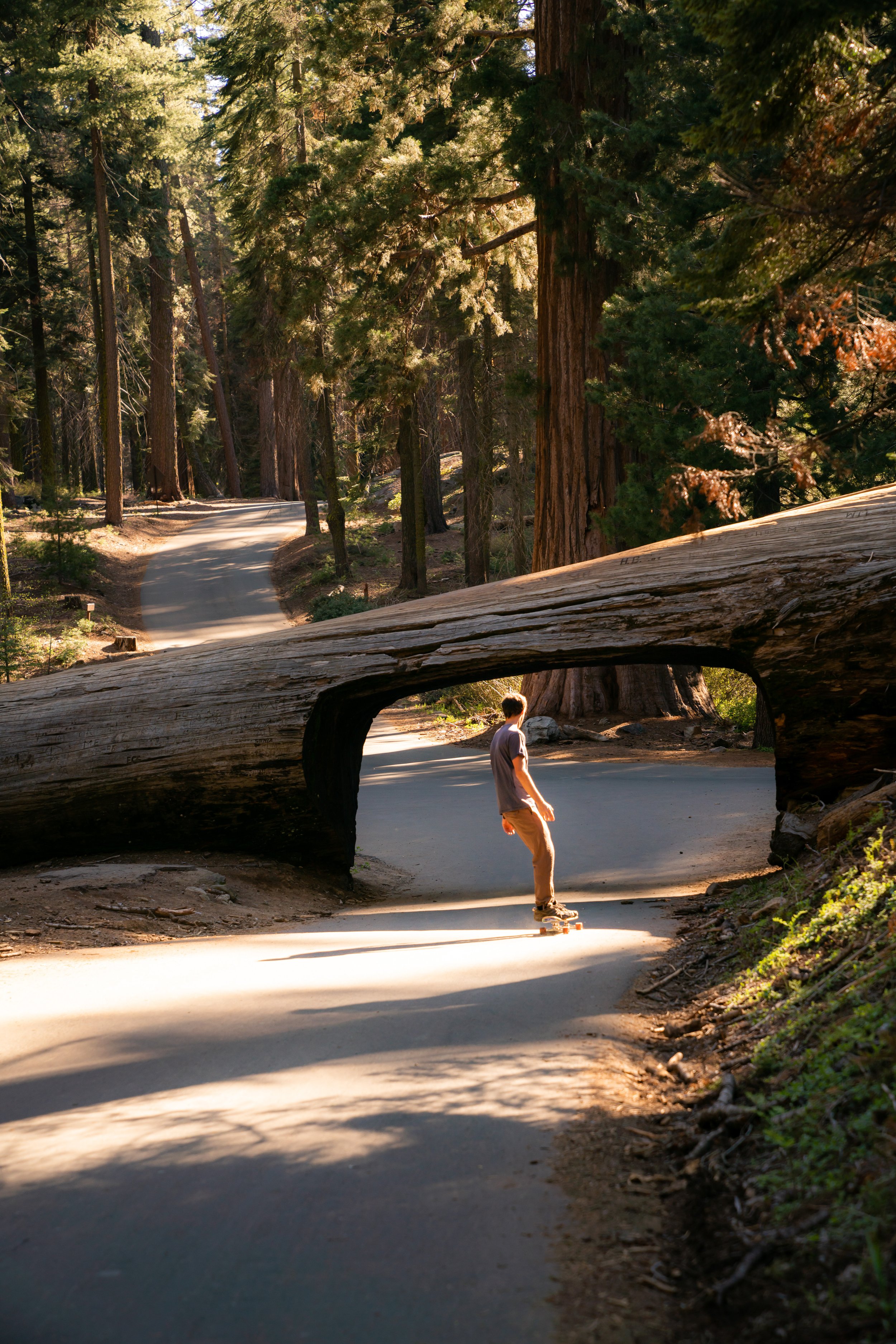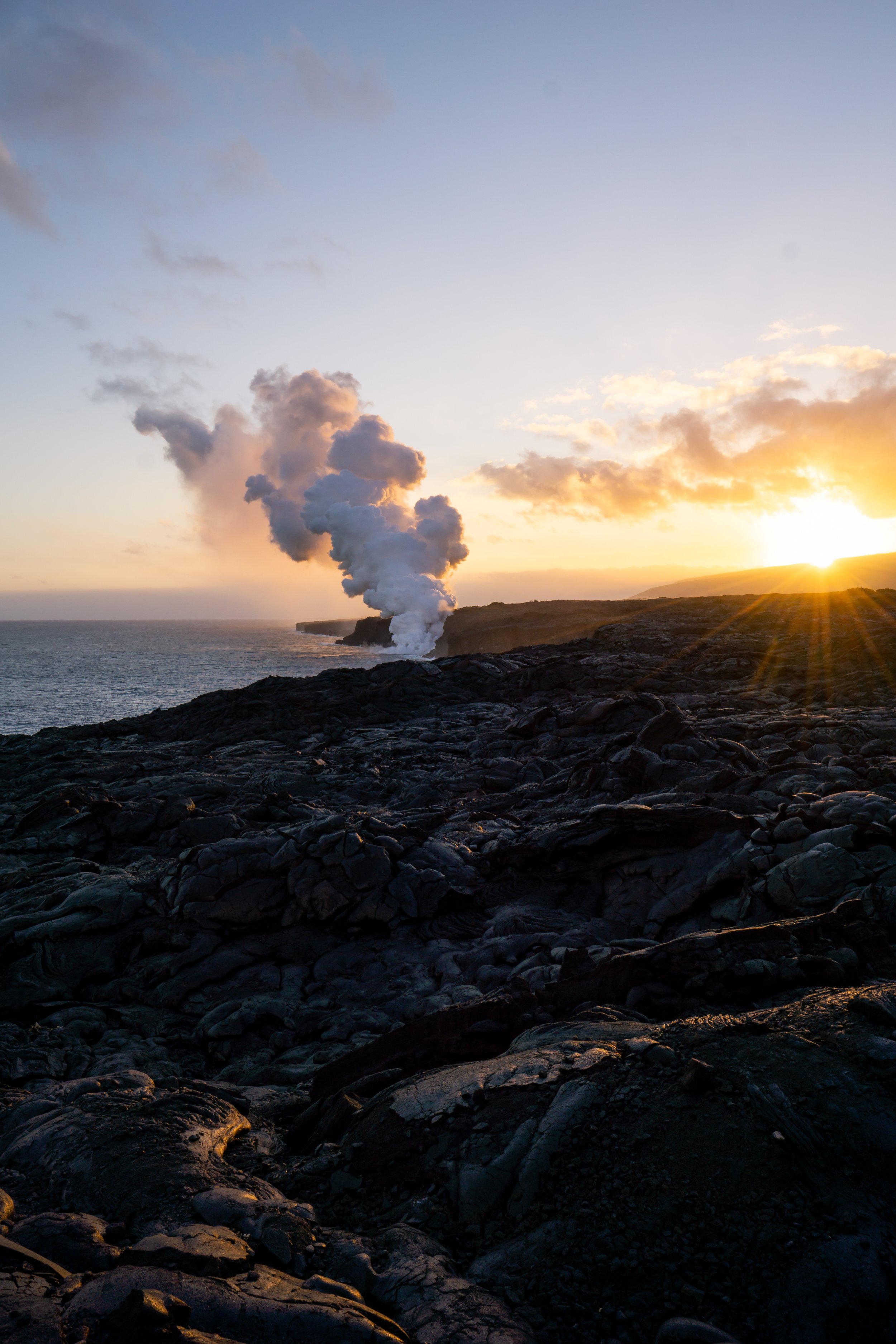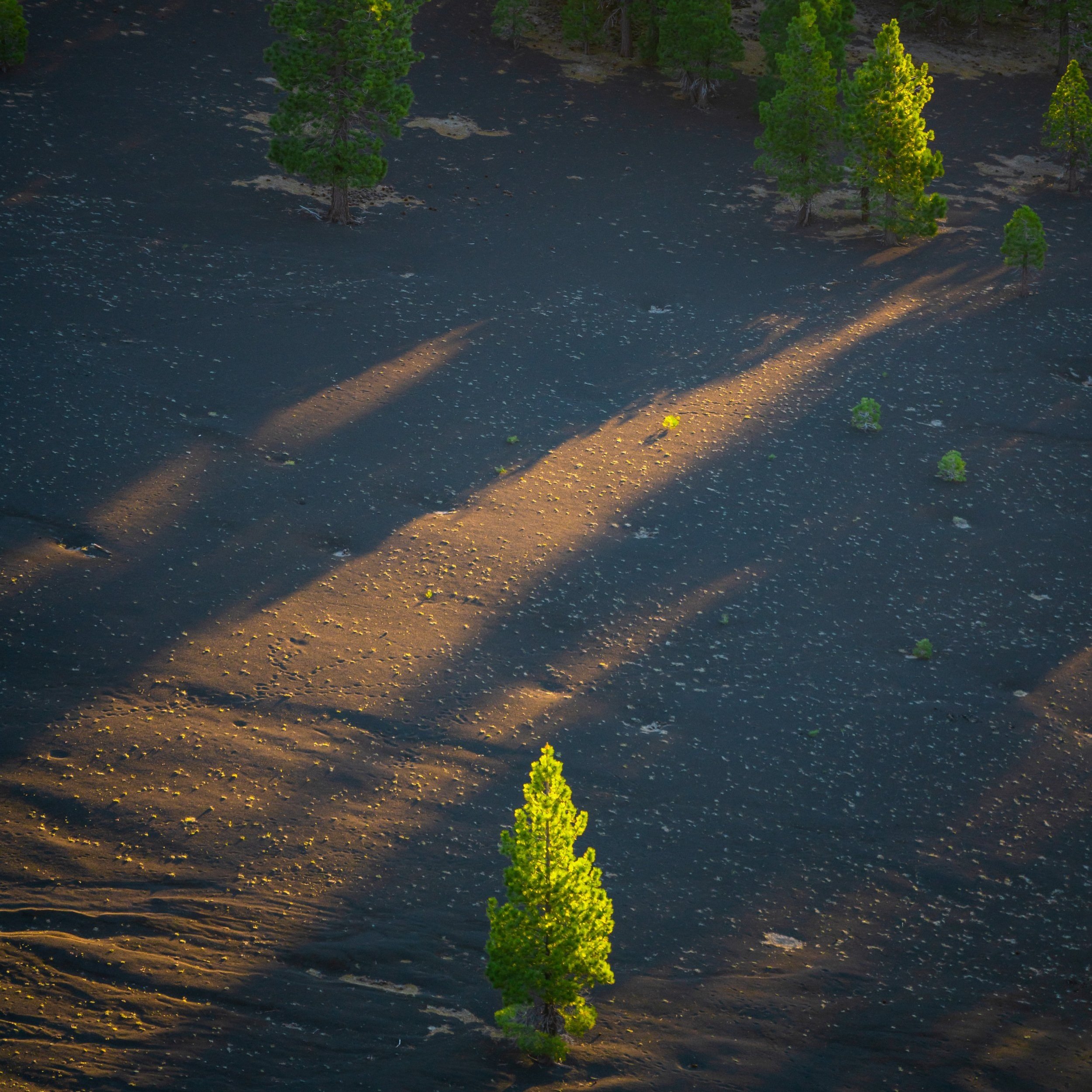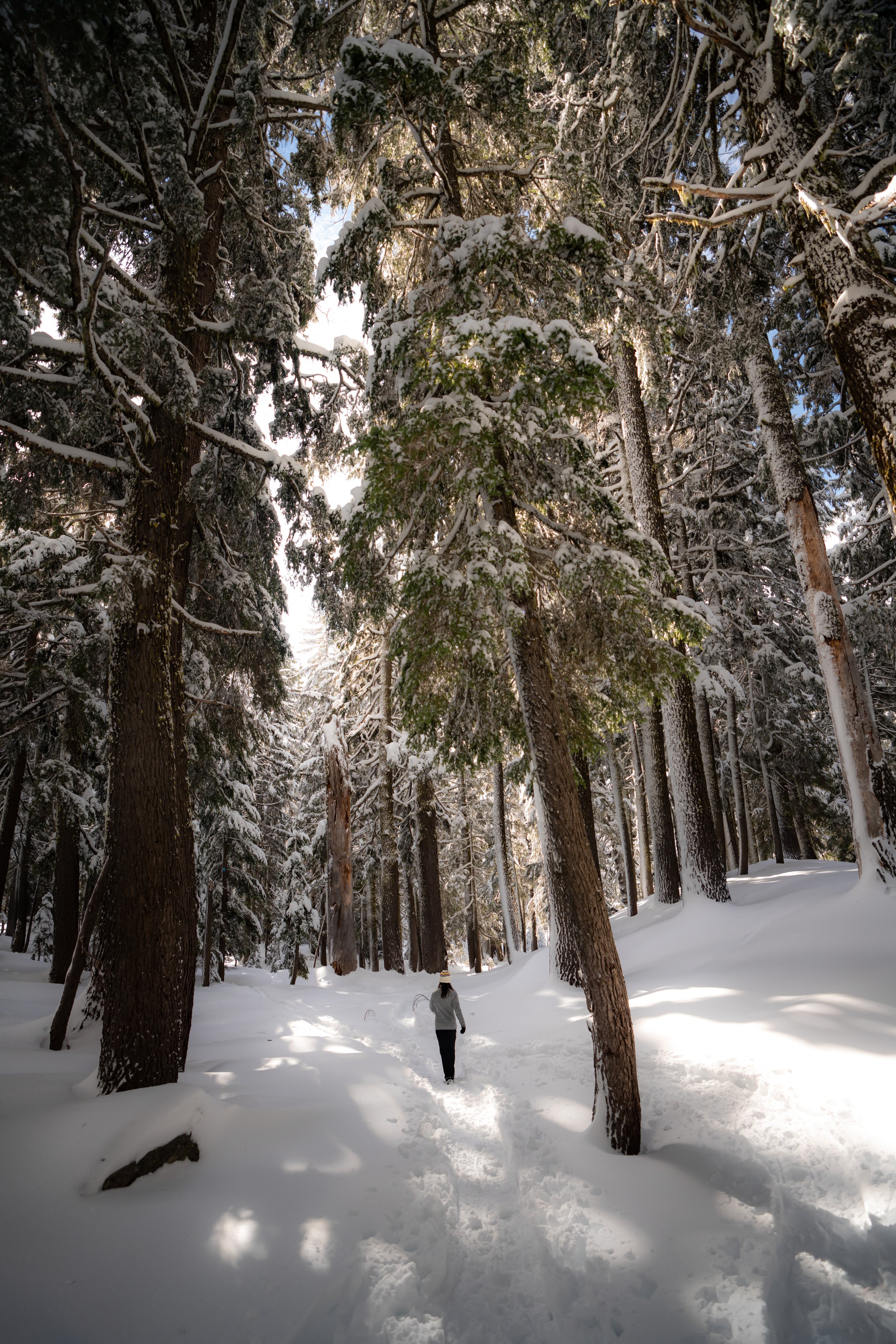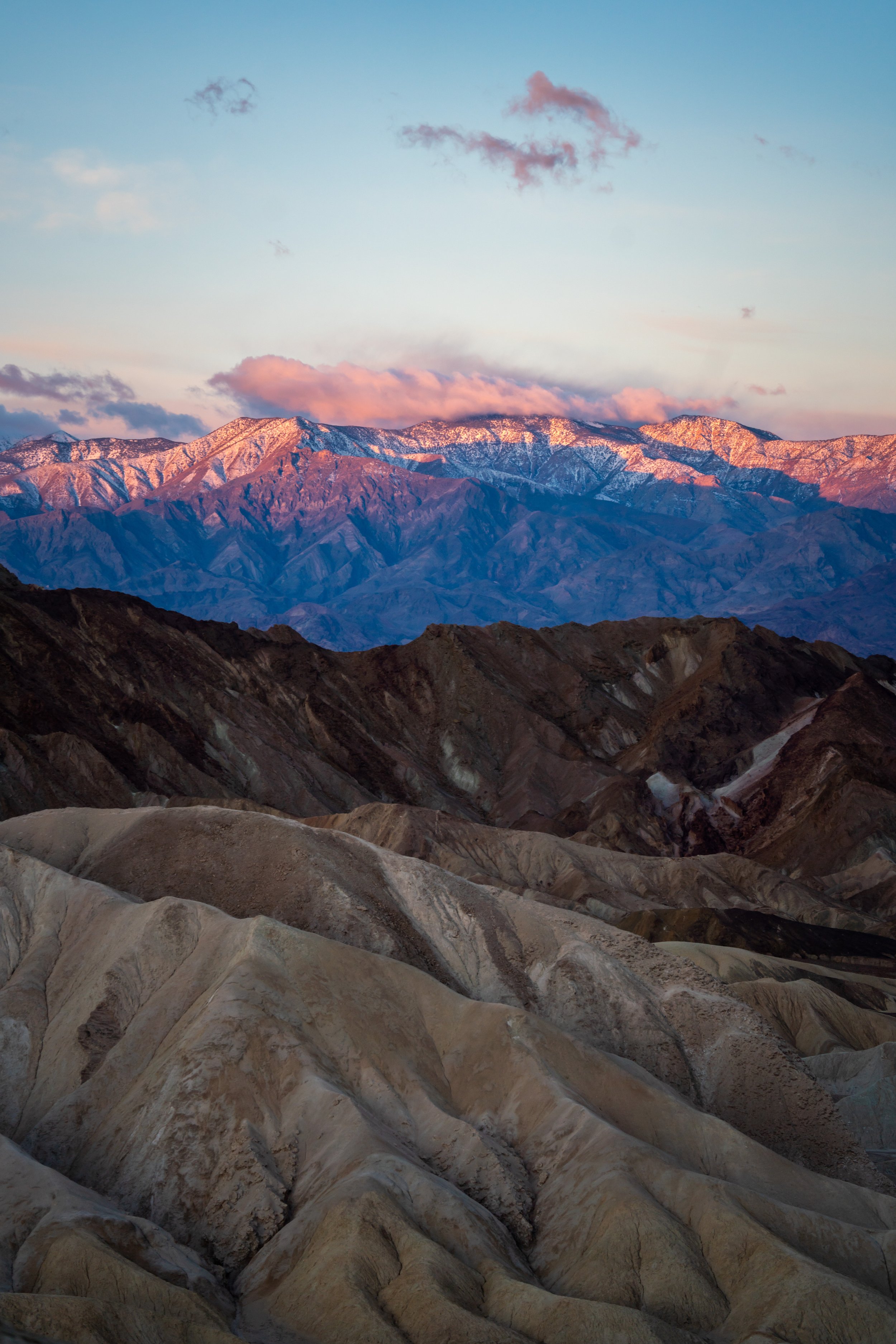Hiking the Raven Trail in Crater Lake National Park
Distance (Roundtrip): 2.0 miles / 3.2 km
Come winter, the Raven Trail is, without a doubt, the best and most accessible thing to do in Crater Lake National Park.
That being said, there are a number of things to be aware of before visiting Crater Lake during this colder time of the year, most notably the weather, which can be trickier to plan than you might think!
What to Expect in Crater Lake During the Winter?
If you’re like me and decide to visit Oregon’s only National Park during the winter, here are some things you can expect!
The first and most important thing is that when I say 'winter,' that could mean anywhere from early fall into the beginning of the summer. This also means that the East and West Rim Drive will be closed when there is snow on the ground.
Regardless, to keep the park open year-round, the National Park Service does a great job at plowing the south and west entrance of Highway 62, the Crater Lake Highway, leading to the Steel Visitor Center. However, even though the road may be plowed, driving to Crater Lake may require tire chains at any time during the winter season.
Therefore, it’s strongly advised that you check the official National Park website for updated winter information.
Raven Trailhead Parking
During the winter, the road into Crater Lake National Park is only cleared as far as the Steel Visitor Center, which is exactly where the Raven Trailhead parking is located.
That being said, always check the local forecast before making the drive up to Crater Lake, as weather outside of the Cascades, such as in Bend or along the I-5, will be drastically different from the park.
Google Maps Directions: Steel Visitor Center
Hiking Checklist - Crater Lake (Winter)
Before visiting, be aware that the National Park Service may strongly suggest that you hike with an avalanche beacon on the Raven Trail because there is one section that has the potential to slide if it becomes too loaded.
That being said, the risk of an avalanche on the Raven Trail is low, but it’s never zero!
Therefore, if you talk to the park ranger at the entrance station on the way in, they may ask you to carry an avalanche beacon, as they did with us.
1L Nalgene Water Bottle & Parka - If I recommended my favorite Osprey 3L Water Bladder, it’s likely that the hose would freeze in the cold conditions. This is why a Nalgene water bottle with a water bottle parka is needed to insulate the bottle, as I’ve had Nalgene bottles freeze on me without a parka.
MSR EVO Shoeshoes - I have used everything from 8,000m mountaineering boots to everyday hiking shoes in these snowshoes, which hopefully shows that the MSR EVOs are extremely universal across conditions.
Smartwool Winter Mountaineering Socks - Heavy Smartwool socks are truly a must on cold winter days, which can be found in both men’s and women’s sizes.
Blister / Heel Protectors - I swear by these cheap, amazing heel protectors to prevent blisters for nearly every kind of hiking and backpacking that I do!
Black Diamond Headlamp - Personally, I recommend the Black Diamond Storm because it is one of the brightest, lightest, and longest-lasting headlamps on the market—and trust me, the weight-to-battery-life ratio really does matter!
Hiking / Trail Running Shoes - Depending on the type of trail, I prefer to use either the Keen Targhee for longer, more rugged hiking or the HOKA Zinal Trail-Running Shoe for lighter, less intense trails. In either case, both have been amazing to me for many years across countless environments, and both can be found in men’s and women’s sizes. - (Men’s Keen / Women’s Keen) (Men’s HOKA / Women’s HOKA)
Cold Weather Neck Buff - This cold weather neck buff is not only for staying warm but keeping the sun off, which is extremely important in reflective snowy conditions.
Black Diamond Avalanche Beacon - An avalanche beacon is only needed under certain circumstances, but if you think one is necessary, I recommend buying this Black Diamond transceiver, as it’s the best one on the market!
Glacier / Polarized Sunglasses - Quality glacier glasses with side protection are a must for whenever you’re on a bright snowfield, a glacier, and sometimes even granite. This is why I recommend the Julbo Glacier Glasses or at the minimum these polarized sunglasses, as they are both exactly what I used on my Denali expedition.
High SPF Sunscreen - Packing high-SPF sunscreen is a must for long days outside!
Winter Hat, Gloves, & Jacket - This should be the easiest part of this list to follow.
Hiking the Raven Trail to Crater Lake
Be sure to check the webcam on the National Park website before you make the long drive to the park, as the view of Crater Lake is only visible 50% of the time during the winter season.
In all, the Raven Trail from the Steel Visitor Center is just under 2 miles (3.2 km) roundtrip.
However, I strongly advise that you come prepared to snowshoeing or cross-country ski, as walking in the deep snow can be very tricky and impractical after a recent storm.
Furthermore, the snowshoes here are the exact same ones that I used on my three-week Denali expedition, and they would be more than sufficient for Crater Lake as well.
The Raven Trail begins just to the right of the closed gate that leads to the Rim Village.
From here, the trail should be fairly easy to follow, granted that it hasn’t snowed recently, but if you’re having a hard time finding where to go, look for the trail markers on the trees.
As mentioned previously, there is one small section of the Raven Trail that’s prone to an avalanche sliding. Therefore, come prepared with an avalanche beacon in case of an emergency, and if the conditions and/ or the Park Service tells you it’s not safe, I recommend trying another day. Avalanche training is not something that’s secondhand knowledge for most people, meaning that help is likely very limited on the trail in the event of a slide.
All in all, I have seen people more than once make the long drive to Crater Lake in the winter unprepared for the amount of snow. Sometimes visitors just end up turning around after talking with the ranger at the entrance station.
However, if you take the list above seriously, there’s no reason that you shouldn’t be able to see the lake on a clear day!
Best Way to Find Places to Stay!
Wherever I travel, I love to start my search for places to stay on VRBO.
Even if I don’t end up booking through them, I think it’s one of the best ways to see what’s in the area!
Best Way to Book Rental Cars!
I travel quite a bit, and I know firsthand that finding a good rental car deal can be a challenge, but that’s why I recommend comparing all of your options with Discover Cars.
In short, Discover Cars is a well-known, reputable business that allows you to search for the best deal across companies, and they have the best full-refund cancellation policy I’ve ever seen, valid up to 72, or sometimes even 48, hours prior to your reservation!
Book Here: Discover Cars
Safety
The biggest safety concerns in Crater Lake National Park generally involve falls, weather—including summer afternoon thunderstorms, blizzards in the winter, and poor air quality during wildfire season—as well as hypothermia from swimming in the lake.
Needless to say, the Crater Lake caldera is very steep, and falling anywhere along the roughly 20-mile (32.2 km) caldera rim is one of the leading causes of injury in the park.
As for the weather, the extremes in Crater Lake are nothing to take lighly. Specifically, summer afternoon thunderstorms and wildfire season align almost perfectly with the time of year when Rim Drive fully opens. This is important to keep in mind, as Crater Lake National Park—like all upper-elevation areas across the Mountain West—is exceptionally dangerous when it comes to lightning strikes.
Furthermore, in the winter, Crater Lake averages more than 40 ft. (12.2 m) of snow, making many steep areas around the park prone to avalanches, which can continue well into the spring and early summer, depending on the season.
Finally, Crater Lake is home to both Black Bears and Mountain Lions, but the National Park Service reports that encounters are unlikely. That said, while hiking in Black Bear territory generally presents less danger compared Grizzlies, carrying bear spray is never a bad idea. However, it’s really up to your own discretion and comfort level.
As always, find the most up-to-date information and conditions on the official National Park website.
National Park Service: Crater Lake National Park
U.S. National Parks Pass
Did you know that the same America the Beautiful Pass that grants access to all 63 U.S. National Parks can be purchased in advance at REI?
Yes, you can save time when you arrive by purchasing your National Park pass, along with your other outdoor gear, at REI before traveling to the park!
More U.S. National Parks
If you’d like to read more about some of my best recommendations when visiting other U.S. National Parks, check out some of my other posts below!
Disclaimer
All information provided on this blog is for informational purposes only and is not intended to be a substitute for information or advice from qualified professionals or managing agencies.
Noah Lang Photography LLC makes no representations or warranties regarding the accuracy or completeness of the information provided here, and readers should use their own discretion, judgement, and seek professional advice where it is appropriate.
Furthermore, Noah Lang Photography LLC shall not be held responsible for any injuries, lost individuals, or legal issues arising from the use of information provided on this website, and if applicable, the above safety disclaimer should be referenced to provide a generic overview of the risks involved.
All said, the content on this blog is for the sole use of Noah Lang Photography LLC, and unauthorized use or reproduction of this content is strictly prohibited.
Disclosure
This post is not sponsored.
However, some of the links in this post are affiliate links, which means that I may earn a small commission if a purchase is made through one of those links. This commission comes at no additional cost to you, and I only recommend products that I personally use and believe will add value to my readers. Thank you for your support, which enables me to continue creating more!
To read the full privacy policy, click here.

About This Blog
Noah Lang Photography, also known as @noahawaii, is 100% reader-supported!
I do not accept guest articles or sponsored content of any kind on my blog, which is why, if you enjoy the outdoor and travel content I create, please consider buying me a coffee!
I appreciate your support, which helps me continue to keep this blog alive!






